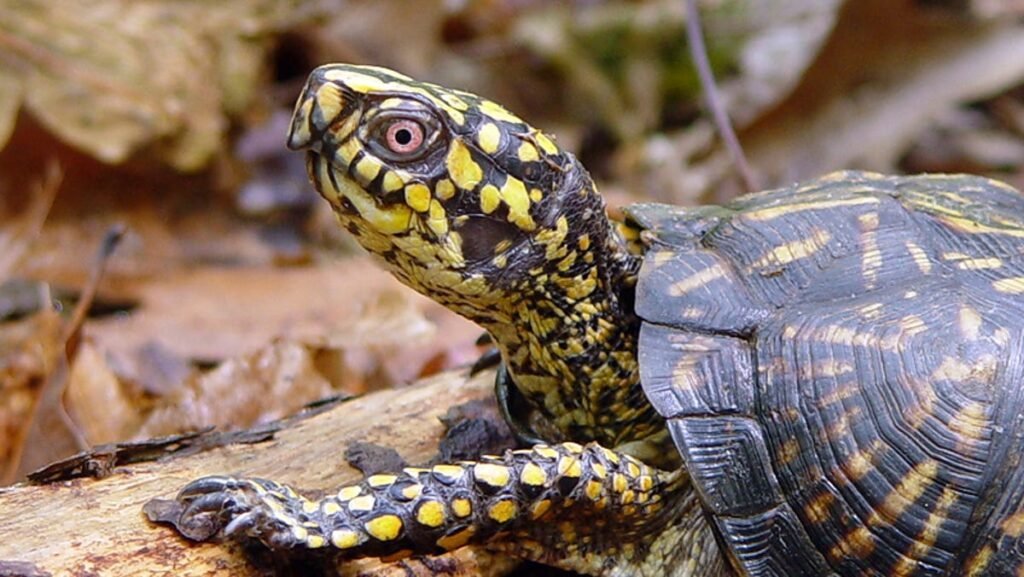State Symbols of the Smokies: Where Tennessee and North Carolina’s Natural Heritage Meets
There’s something magical about the Great Smoky Mountains that captures your heart the moment those blue-hazed ridges come into view. As someone who’s spent years writing about these ancient mountains, I can tell you they’re not just a beautiful backdrop—they’re a living museum of natural wonders where the heritage of two proud states converges.
Did you know that many of Tennessee and North Carolina’s state symbols can be found within the boundaries of America’s most visited national park? It’s like Mother Nature decided to create a showcase of her finest work right where these two states meet.
The Biodiversity Marvel of the Smokies
The Great Smoky Mountains National Park isn’t just famous for its misty vistas—it’s recognized as one of the most biodiverse places on our planet. Walking through these mountains feels like stepping into a living encyclopedia of Eastern North American flora and fauna.
With over 19,000 documented species (and scientists believe we’ve only discovered about 80% of what lives here!), the park serves as nature’s treasure chest where many of Tennessee and North Carolina’s beloved state symbols find their home.
North Carolina’s Natural Symbols in the Park
When I hike the North Carolina side of the park, I often spot the Northern mockingbird, the state bird known for its incredible ability to mimic almost any sound. These talented vocalists can be found in the lower elevations, especially around Oconaluftee and Cataloochee.
The flowering dogwood, North Carolina’s state flower, paints the mountainsides with delicate white blooms each spring. I’ve spent countless April mornings photographing these beautiful trees along the lower portions of Deep Creek and Smokemont trails.
The Cardinal Connection
While North Carolina officially claims the cardinal as its state bird, you’ll find these striking red beauties throughout the park, particularly at bird feeders around visitor centers and campgrounds. Their cheerful calls echo through the forest year-round, bringing a spot of color even on the grayest winter days.
Tennessee’s State Treasures Within the Park
Cross over to the Tennessee side, and you’ll encounter the park’s healthy population of black bears—Tennessee’s state wildlife symbol. I’ll never forget my first bear sighting in Cades Cove—a mother and two cubs foraging for berries just off the loop road. Remember, though: always keep your distance and never feed these magnificent creatures!
The iris, Tennessee’s state flower, dots wet meadows with purple splendor in late spring. Some of my favorite spots to see these beauties are along the Middle Prong Trail and in the open areas of Cades Cove.
| State Symbol | North Carolina | Tennessee | Where to Find in the Park |
|---|---|---|---|
| State Bird | Northern Mockingbird | Northern Mockingbird | Lower elevations, fields, forest edges |
| State Flower | Flowering Dogwood | Iris | Dogwoods: Forest understory Iris: Wet meadows |
| State Tree | Pine | Tulip Poplar | Throughout the park at various elevations |
| State Mammal | Eastern Gray Squirrel | Raccoon | Widespread throughout the park |
Shared Natural Heritage
Perhaps the most beautiful aspect of the Smokies is how it serves as common ground for both states. Here, political boundaries fade away, replaced by the natural connections that have existed for millennia. The salamander diversity alone (with over 30 species!) showcases why this region is so special—it’s been a refuge for these creatures since the last ice age.
I often tell visitors that you can’t fully understand either state without experiencing the Smokies. These mountains have shaped the culture, traditions, and natural history of both North Carolina and Tennessee in profound ways.
Conservation Success Story
The very existence of the park is a testament to the shared vision of people from both states who fought to protect this landscape in the 1920s and 30s. Without their dedication, we might have lost this incredible repository of biodiversity—and with it, many of the species that have become beloved state symbols.
Plan Your Visit to Discover State Symbols
Want to spot some of these state symbols yourself? Spring and early summer offer the best opportunities to see flowering plants like dogwoods and iris. For wildlife viewing, early morning and late afternoon provide the best chances, particularly in open areas like Cades Cove and Cataloochee Valley.
Bring binoculars, a field guide, and plenty of patience. Nature rewards those who move slowly and observe carefully. And remember—each plant or animal you encounter isn’t just a species; it’s a living piece of Tennessee and North Carolina’s natural heritage.
Preserving Our Shared Natural Heritage
As I wrap up my thoughts on this remarkable convergence of state symbols within the park, I’m reminded of the responsibility we all share. The Great Smoky Mountains National Park doesn’t just preserve these species for our enjoyment today—it safeguards them for future generations.
Next time you visit the park, take a moment to appreciate how these mountains have shaped the identity of two great states. And perhaps, like me, you’ll find yourself falling a little more in love with this special place where Tennessee and North Carolina’s natural heritage is on magnificent display.
Source: Smoky Mountain News

